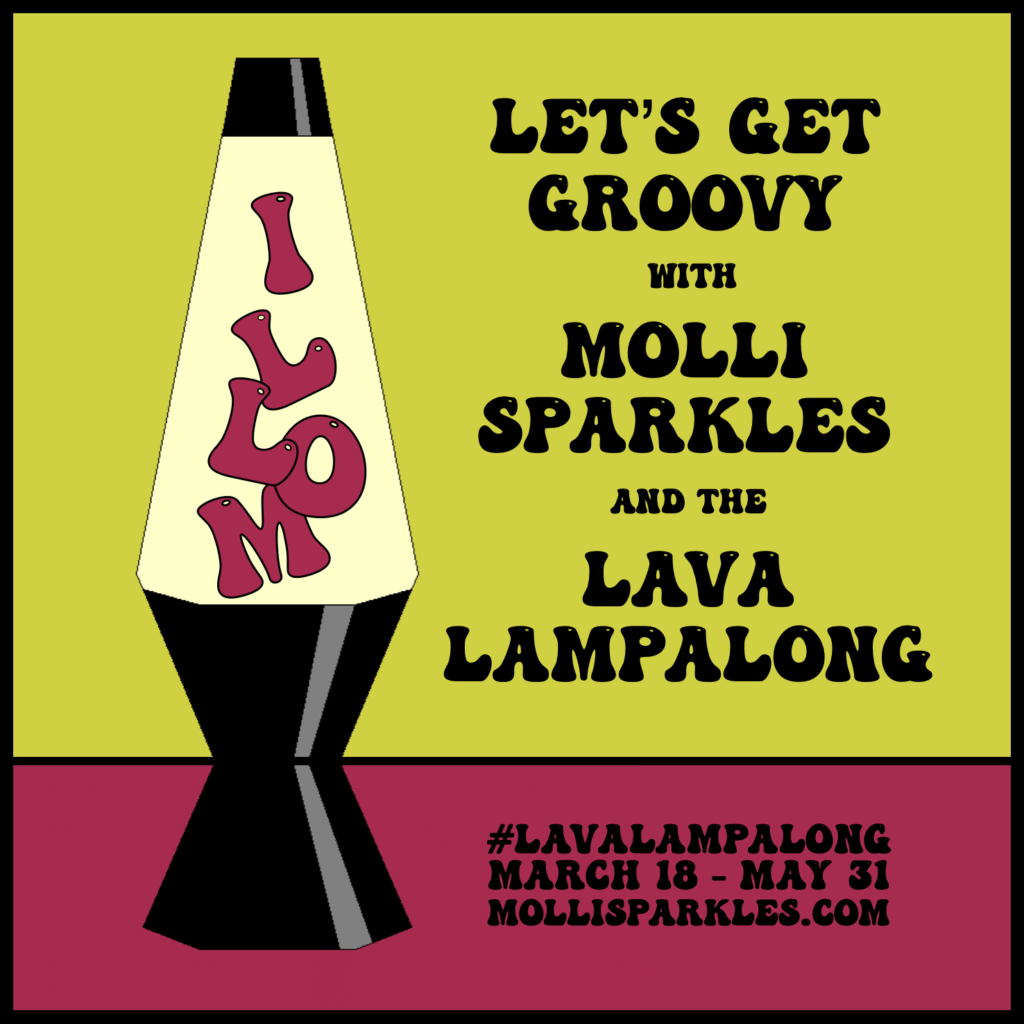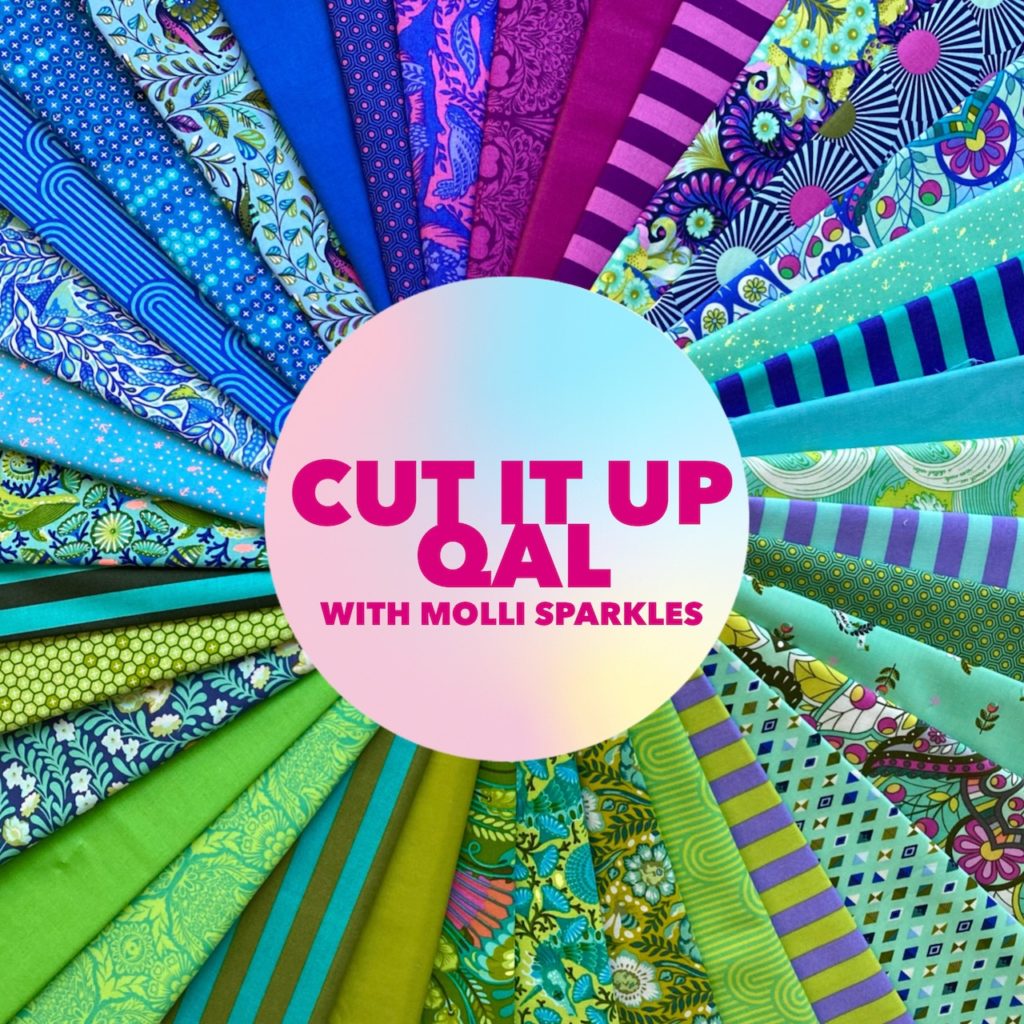Colour Theory 101: The Colour Wheel
Lord and Queen Latifah know I love a rainbow! But what would a rainbow be without colour? Well, Jess from The Elven Garden and I were having this very conversation, when she said, “Molli, why don’t you tell us all about it in an upcoming Colour Theory series I want to host?” Well, Jess, thank you for the invite, and don’t mind if I do!
Just so you know I’m not blowing glitter bombs up your ass, I do have some training in what I’m about to tell you. I received my Bachelor of Arts in Fine Arts from the University of Pennsylvania in 2003, and then my Master of Visual Arts (Photography) from the University of Sydney in 2007. Combine that with the genetic brilliance of Grandma Sparkles, and you should have 95% certainty that what I’m telling you is correct. The other 5% is because sometimes I just flat out lie–but I’m sure you’ll be able to figure that out.
Let’s get started!
So what is the colour wheel? Simply put, it is a diagram of pigment colours, AKA hues, that shows how colours are created and the spectrum in between. It is most often referenced as a wheel because of its circular nature, however, you may see it in other forms as well. I want to point out, that for our purposes, we are only talking about pigment colours, as opposed to the spectrum colours of light. (Light spectrums become more complex, so we can save that for another day!) Not to bore you too much, but light spectrum colour theory dates back to the 17th century with Sir Isaac Newton, which was followed on by pigment colour theory and its psychological effects by 18th century writer, politician and (thankfully!) artist, Goethe. The colour wheel we know today is probably most attributed to his investigations, and his Theory of Colours, published in 1810. Okay, lovelies, you can wake up again. Chop! Chop! History lesson, over!

Why don’t we dive into some colour!? Along the colour wheel there are three types of colours: primary, secondary, and tertiary (sometimes called intermediate). You’ll see in my sparkle colour wheel above (exact colours may vary due to computer screens!), there are six large circles representing the primary and secondary colours.
Primary colours are base colours and can not be created by combining other colours. They are: red, blue, and yellow.
Secondary colours are created by combining two primary colours. They are: violet (red+blue), green (blue+yellow), and orange (yellow+red).
If you have kids in school, you probably helped teach them this, or they came home with a colouring sheet and taught you about it! What may be new, however, are the tertiary colours, which are created by combining a primary colour with a secondary colour. The primary colour is always listed first. They are: red-violet, red-orange, blue-green, blue-violet, yellow-orange, and yellow-green. Tertiary colours should be your go-to colours for adding depth to your quilts, otherwise you run the risk of looking like a cheapskate who only bought an 8-pack of Crayola crayons. Tertiary colours are usually the ones that look rich and sophisticated, and are natural blenders. Your stash is probably full of them, and you didn’t even know! Coral? Teal? Wine? These are all names for variations on tertiary colours!

So those variations, right? We’ve really only talked about twelve colours, and we all know there are more than that! Additional hues (remember, means the same as colour) are created by adding white to create what is called a tint, or adding black to create what is called a shade. Collectively, this is referred to as its lightness. For instance, we all know red+white=pink. Pink is thereby a tint of red. Blue+black=navy, so navy is a shade of blue. If the colour gets lighter, it is a tint, if it gets darker it is a shade. I always remember because: I’m a shady lady, who always wears a dark smoky eye! Work, momma, work! Again, these tints and shades add visual interest to your quilts. I keep hearing navy is the new grey (don’t know about that yet!), and low volume fabrics (many of which are just super-tints) are all the rage, so definitely make room for them in your stash. You probably already have them, but at least now you know what they are called.

Now, last but not least, is my personal favourite, saturation. Do you ever get some fabrics and they look a bit, dull? Not, dull, as in boring, silly, but dull, as in a bit greyish, or washed out? Conversely, do you have some fabrics that are super intense and have a really deep colour? That’s the hue’s saturation level! I am a big fan of saturated colours, but be aware, if everything you use is intense, it might wear the average viewer out. (Not me, bring it on, I say!)

So, have you got all that? I know, I know, it’s a lot to absorb in one sitting. My suggestion to you is go grab a random piece of fabric and see where its colour(s) fit into all of this colour theory mumbo jumbo. (Do this while drinking a big glass of cabaret, which as we learned is a shade of a tertiary colour!)
It is important for us quilters to continually educate ourselves so we can improve our quilting. I mean, who wants to send a hot mess out there into the world? There’s so much that can be done with colour, and once you know a bit about it, you can really turn your own quilts into works of appealing art. The more you know, the more you grow, the more you sew!
Over the next few Mondays, see how these colours can be combined into various colour schemes to really put your skills to work! You’re gonna go from black and white zero, to rainbow hero!
Colour Harmony – Monday 17th June – Guest Post by Jess of Quilty Habit
Colour Context – Monday 24th June – Guest post by Jennifer of SecondhandDinosaur
Value, including low volume – Monday 1st July – Guest post by Rebecca of Making Rebecca Lynne
A big thank you to Jess from The Elven Garden for organising such an educational series, and inviting lil’ ol’ me to tell you something about it! And, if you ever need a hand with colour, drop me a line, because anyone can sparkle@mollisparkles.com.




Great post and very informational! Thank you!
What a start! I mean seriously you put this all together on Monday morning? You genius! I'm afraid I'm too lazy to learn so I just do my thing.
Thaís for the clear explanation.
Thanks for the information. I may have to read it a couple times for it to all sink in.
Wonderful post – packed with fascinating info and you've explained it so well! Now I'll be looking at my fabrics in a new language. Thank you 🙂
ahhh, it all makes sense now, especially that awesome collecting memories quilt… you know your stuff… very informative indeedy yes. x
Great post, Ms. Molli!
Well now I've learnt the difference between shades and tints – thanks Miss Molli! Love your post – informative and filled with humour. What's better than that?!
I'm not sure my pee wee brain grabbed all of that info but I will most definitely come back and read your post again when I'm not so tired. 🙂
Well that was interesting. Got the gist of shades and tints now! I just wondered whether a glass of cabaret is like a cabernet but with a floor show?! Hehehe!
COLOUR ME EMBARRASSED! OMG, I just read your comment to Mr. Sparkles and he pissed himself laughing! And yes, that is exactly what it is!
Great post. The colour wheel is finally fun. And great comment by Sooli – cabernet has just gotten even better.
Very interesting, it's not often I read a quilting blog and really have something to think about, other than the usual i need that fabric, or i must make that quilt etc, thx Molli :o)
Thanks to the Elven Garden, I just discovered your blog and I love it! I'm adding it to my favorites. Love this post about color (note by the spelling of "color" that I'm American) and I look forward to catching up with all you past posts.
Quilt for Fun, you are a no-reply blogger, so I hope you see this! Funnily enough, I am originally from America, but I have finally learned to speak Australian! Thanks for stopping by, and I hope you stick around!
If it were up to me pink would not be a shade of red – red is nice pink is well a colour to make a statement. Sorry I'm probably going to completely mix up the terminology, my English is basically fine but neither school not university covered colour theory in English.Yeah I have to "second quilt for fun" seeing colour with an u is much easier on my brain. Having it drilled to BE and AE for years .. color sort of screams "wrong" at me.
With all the theory we shouldn't forget that we don't need to like all the colours and use them all.
A completely different problem – what colour is a coloured print? (btw. does coloured necessarily mean that there are at least 2 different colours in a print? I need to start training my vocab again, and mabye not with BBC series – if not is there a word for that in English?)
Great post. This is the one area I feel totally lost in. I was happy to see this series so I can hopefully learn more because it should help me in choosing my fabrics for a quilt. I know choosing fabrics for my quilts, or any project will become easier in time, but learning color theory will help me get a jump start and the basics behind it. Thank you.
Thank you. Another weapon in my INDIGO DOES NOT BELONG quiver. Sure it's there in light theory, but not colour. Winner winner
Thanks to Let's Get Acquainted I have connected to your blog. I am loving your posts and your piece on color(can't get myself to type with the "u") theory is fantastic. I teach this to my 1st graders more simplified and with less humor. Color is my favorite friend!
Great overview of colour theory, Molli! I almost choked on my diet coke on "shady lady" – I'll have to remember that next time I need to explain tints and shades. 🙂